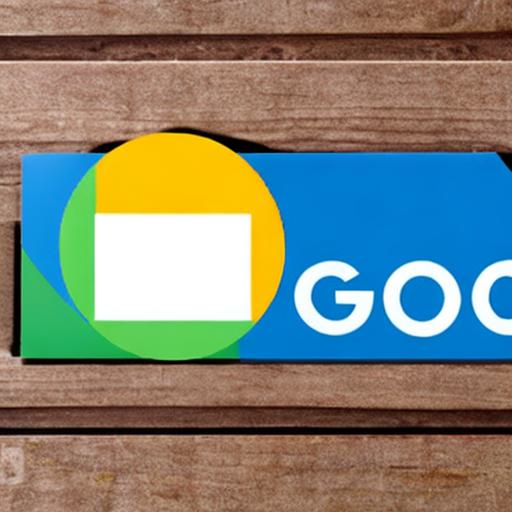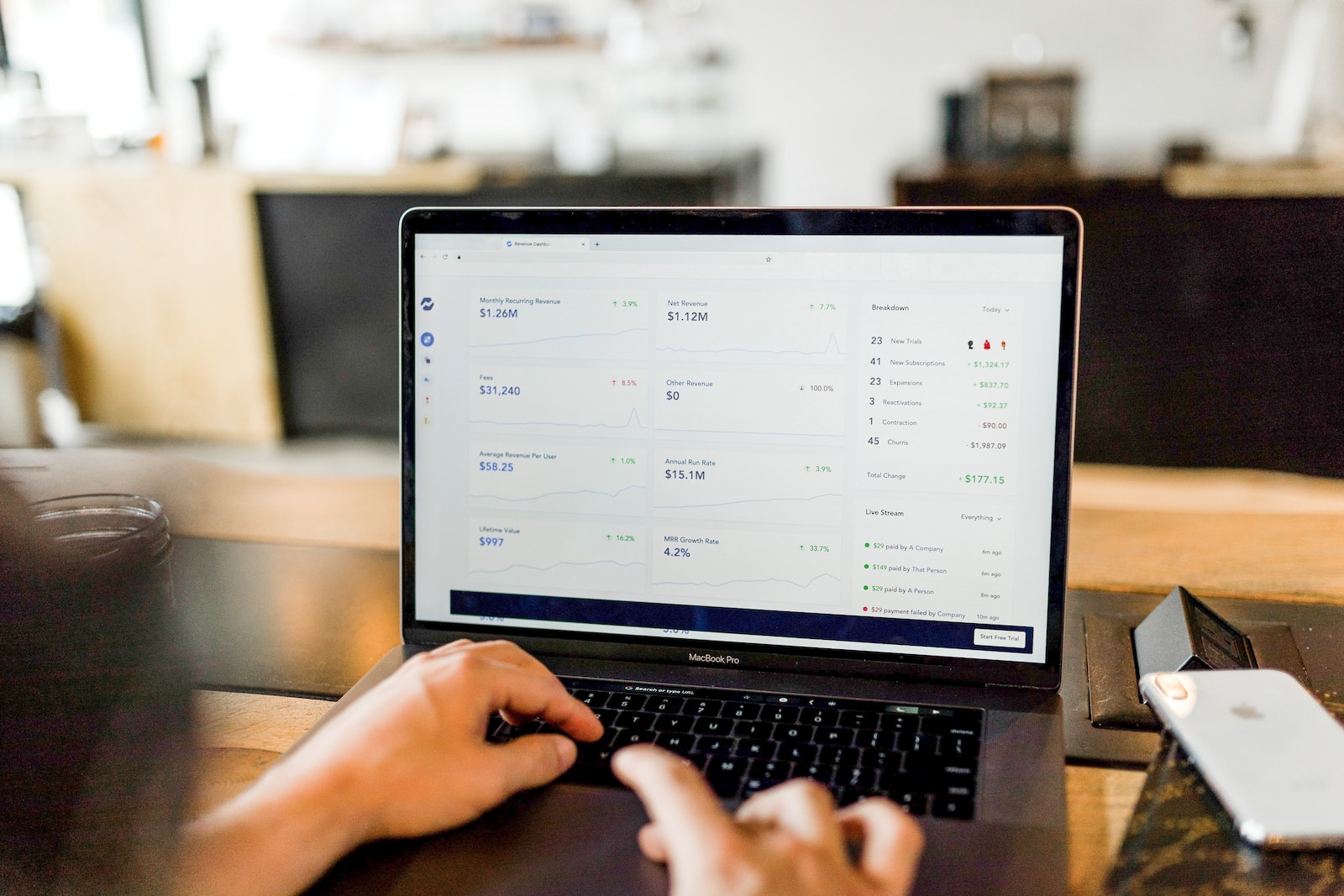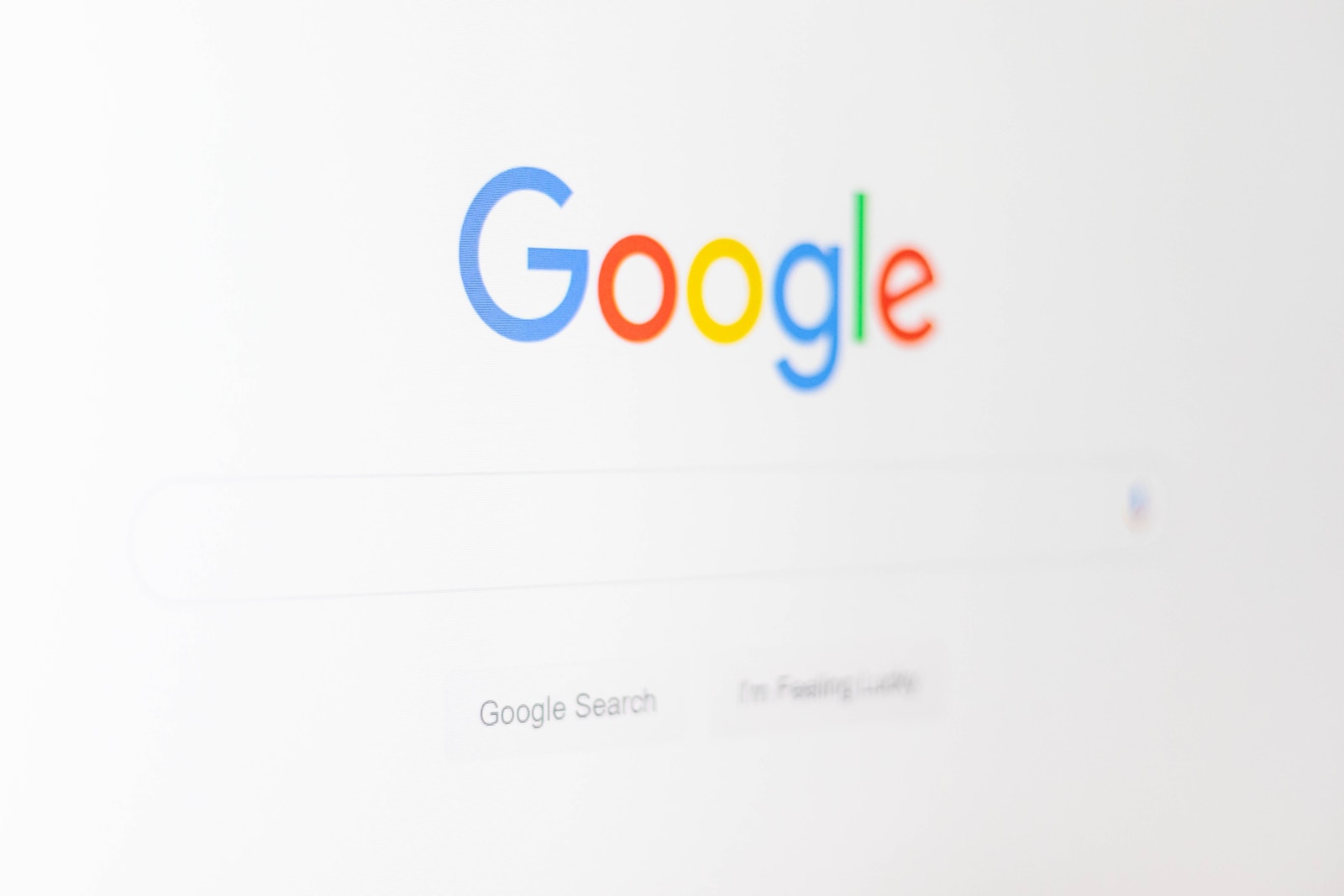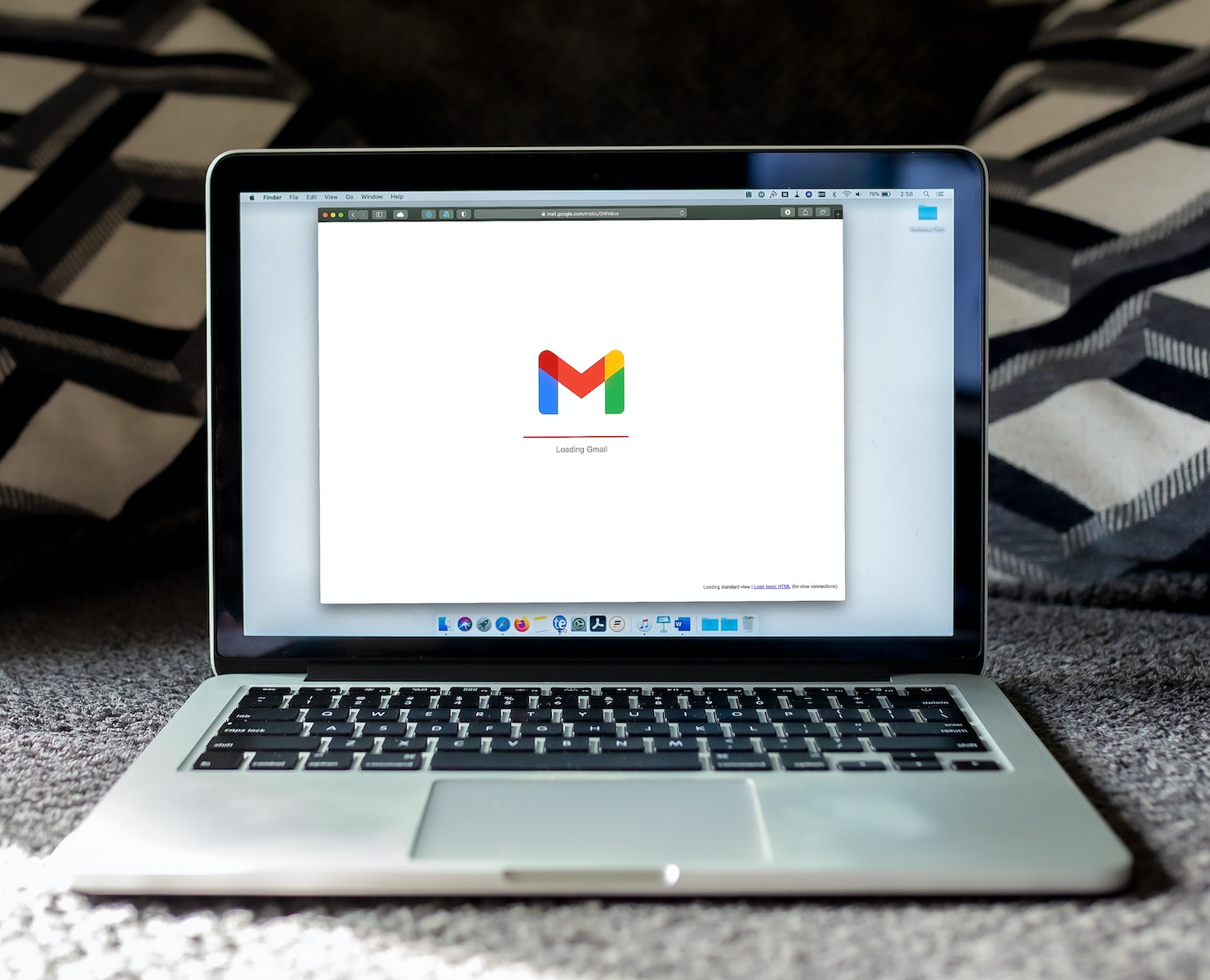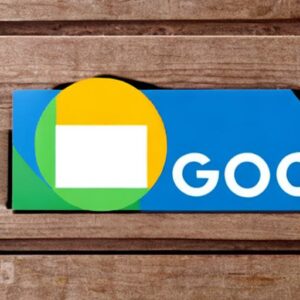Crack the Google Ads Code: Comprehensive Technical Vocabulary You Need to Know
Google Ads is a powerful platform that can help you reach your target audience and grow your business. However, if you’re new to the world of Google Ads, it can be difficult to navigate the technical jargon that comes with it. With so many terms like CTR, CPC, and Quality Score, it’s no wonder newbies feel lost. That’s why we’ve put together this comprehensive guide to help you crack the Google Ads code. In this article, we’ll cover all the essential terminology you need to know to run effective ads on Google. Whether it’s understanding the different types of campaigns and ad formats, mastering bid strategies, or analyzing performance metrics, we’ll give you the knowledge you need to get the most out of your Google Ads investment. So let’s go !
Overview of the Google Ads platform
Google Ads is a powerful platform that allows businesses of all sizes to promote their products or services to potential customers. With Google Ads, you can create and manage campaigns for people who are actively searching for what you have to offer. This platform uses a pay-per-click (PPC) advertising model, which means you only pay when someone clicks on your ad.
Google Ads offers different ad formats, including text ads, image ads, and video ads. You can also choose from a range of targeting options to ensure your ads are shown to the right people at the right time. For example, you can target people based on their location, language, interests, and even the device they use.
One of the main benefits of using Google Ads is that you can track the performance of your campaigns in real time. This means you can quickly identify which ads are driving the most clicks and conversions, and make changes to improve your results.
Overall, Google Ads is a powerful tool for businesses that want to increase their online visibility and attract more customers. With the right strategy and technical know-how, you can leverage this platform to achieve your marketing goals and grow your business.
To understand
Google Ads, formerly known as AdWords, is a powerful advertising platform that businesses of all sizes can use to drive traffic to their website, increase brand awareness, and generate leads or sales. But before you start using Google Ads, it’s important to understand the basics of how the platform works.
Google Ads is a pay-per-click (PPC) advertising platform, which means you only pay when someone clicks on your ad. The cost of each click is determined by a number of factors, including the competitiveness of the keywords you’re targeting, the quality of your ads, and the relevance of your landing pages.
To create a Google Ads campaign, you must first select the keywords you want to target. These are the words or phrases that users are likely to type into Google when searching for products or services like yours. You will then create advertisements designed to grab the attention of potential customers and encourage them to click through to your website.
Google Ads offers different ad formats, including text ads, image ads, and video ads, as well as various targeting options that allow you to reach the right audience with your message. You can target users based on their location, age, interests, and even the device they’re using.
To get the most out of your Google Ads campaigns, it’s important to continuously monitor and optimize your ads to ensure you get the best possible results. This may involve tweaking your ad text, refining your targeting options, or adjusting your bidding strategy to ensure you’re getting what you pay for.
Google Ads Glossary: Basic Terms and Definitions
- Campaign (Campaign) – A series of advertisements served on the Google Ads network, which share a budget, start and end date, objective and set of parameters.
- Advertisement (Ad) – An advertisement created in Google Ads to promote a product or service.
- Ad Group – A collection of ads sharing common keywords and a common budget.
- Keywords (Keywords) – The terms or phrases chosen to trigger the display of an ad on Google search results.
- Cost per click (CPC – Cost per Click) – The amount you pay each time someone clicks on your ad.
- Click-through Rate (CTR) – The percentage of times your ad is clicked based on the number of times it is displayed.
- Ad Quality – The set of criteria that determines the relevance of your ad to Internet users.
- Quality Score – An indicator of your ad’s quality on a scale of 1-10, calculated by Google based on your ad relevance, landing page relevance, and keyword relevance.
- Bids – The amount you are willing to pay to have your ad shown.
- Responsive Ads – Ads that automatically adapt to the different ad formats available on the Google Ads Network.
- Remarketing – An advertising strategy that targets people who have previously visited your website or interacted with your business.
- Conversion – When a user takes an action on your website in response to your ad, such as filling out a contact form or making a purchase.
- Audience – A group of Internet users defined according to demographic criteria, interests or online behavior, on which you can target your advertisements.
- Ad Extension – Additional information that appears with your ad, such as a phone number or address, to encourage people to interact with your business.
- Cost per Acquisition (CPA – Cost per Acquisition) – The average cost of each conversion generated by your ad.
- Conversion Rate – The percentage of people who took a desired action in response to your ad.
- AdWords Editor – A free tool offered by Google to manage and edit bulk advertising campaigns offline.
- Ad Rank – A score that determines your ad’s position on Google search results pages, calculated based on your bid, ad quality, and user experience on your website.
- Targeting – The criteria you set to target your ad to a specific audience.
- Search Network – Google’s advertising network that serves ads on Google search results pages.
- Display Network – Google’s advertising network that serves ads on Google partner websites, such as blogs and news sites.
- Dynamic Remarketing – An advertising strategy that targets people who have visited your website before by showing them personalized ads for the products they viewed.
- Conversion per Click Rate – The percentage of people who took a desired action on your website after clicking on your ad.
- Target CPA (Target Cost per Acquisition) – A cost-per-conversion goal set by the advertiser, which allows Google Ads to automatically adjust bids to meet that goal.
- Shared Impression Share – The percentage of impressions your ads received on the Google Search Network out of all possible impressions for the targeted keywords.
- Conversion Rate per Cost – The ratio of the total cost of your ad clicks to the number of conversions generated.
- Geographic Targeting – The targeting of Internet users based on their geographical location, such as their country, region or city.
- Product Ads – Advertisements that display product images, prices and additional information directly on Google search results.
- Video Ads – Advertisements that appear on YouTube or the Google Display Network that include video to promote a product or service.
- Cost per View (CPV) – The average cost per view for a video ad.
- Cost per thousand impressions (CPM) – The average cost of each impression for an ad.
- Interaction Rate – The percentage of users who interacted with an ad, such as clicking a call-to-action button.
- Bidding Strategy – The method used to set bids for keywords, such as manual bidding or auto bidding.
- Ad Conversion Rate – The percentage of clicks on an ad that resulted in a conversion.
- Responsive Ads – Dynamic ads that automatically adapt to different ad formats and sizes on the Google Display Network.
- Average Click-Through Rate (Average CTR) – The average percentage of clicks on an ad based on the total number of impressions.
- Cost per Click bid (CPC bid) – The amount you are willing to pay for each click on your ad.
- Custom Audience – A group of internet users created based on specific criteria, such as previous visits to your website or interactions with your business.
- Open Rate – The percentage of emails opened out of the total number of emails sent in an email advertising campaign.
- Click-Through Rate – The percentage of clicks on a link in an email sent during an email advertising campaign.
- Brand Campaign – An advertising campaign that aims to promote awareness and recognition of your brand among Internet users.
- Bounce Rate – The percentage of internet users who leave your website after visiting a page without having interacted further.
- Conversion Rate – The percentage of people who take a desired action on your website, such as buying a product or signing up for a newsletter.
- Language Targeting – Targeting users based on their preferred language.
- Remarketing Campaign – An advertising campaign that targets people who have visited your website before by showing them personalized ads to entice them to return.
- Viewable Cost per Thousand Impressions (vCPM) – The average cost per 1,000 viewable impressions of an ad.
- Post-Click Conversion Rate – The percentage of conversions that occur after a user clicks on an ad.
- Post-View Conversion Rate – The percentage of conversions that occur after a user has seen an ad, even if they have not clicked on it.
- Quality Score – A quality score for your keywords, based on the relevance of your ads and landing pages, and the click-through rate of your ads.
- Ad Extensions – Features that enhance an ad, such as additional information about your business, calls to action, or links to specific pages on your website.
- Landing Page Experience Score – A quality score for your landing page, based on its relevance and user friendliness.
- Target CPA (Target CPA – Cost per Acquisition) – The average cost you are willing to pay to achieve a specific conversion, such as an online purchase or newsletter sign-up.
- Actual CPA (Actual CPA – Cost per Acquisition) – The actual cost you pay for each conversion.
- Click Conversion Rate – The percentage of people who take a desired action on your website after clicking on your ad.
- Impression Conversion Rate – The percentage of people who take a desired action on your website after seeing your ad, even if they didn’t click on it.
- Cost per Conversion – The average cost to get a conversion, such as an online purchase or newsletter signup.
- Geographic Targeting – The targeting of Internet users based on their geographic location.
- Cost per Action (CPA) – The average cost to get a desired action, such as an online purchase or newsletter sign-up.
- Keyword Conversion Rate – The percentage of conversions generated by a specific keyword.
- Cost per Action bid (CPA bid – Cost per Action bid) – The amount you are willing to pay for each desired action, such as an online purchase or subscription to a newsletter.
- Lookalike Audience – A group of Internet users created based on the characteristics and behaviors of your existing customers.
- Cost per Thousand Impressions (CPM – Cost per Thousand Impressions) – The average cost per 1,000 impressions of an ad.
- Engagement Rate – The percentage of people who engage with your ad, such as call-to-action button clicks or social media shares.
- Cost per Engagement – The average cost for each user interaction with your ad.

